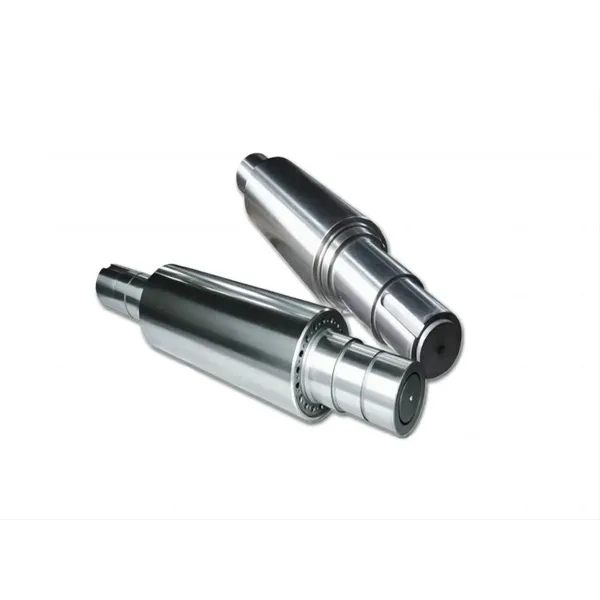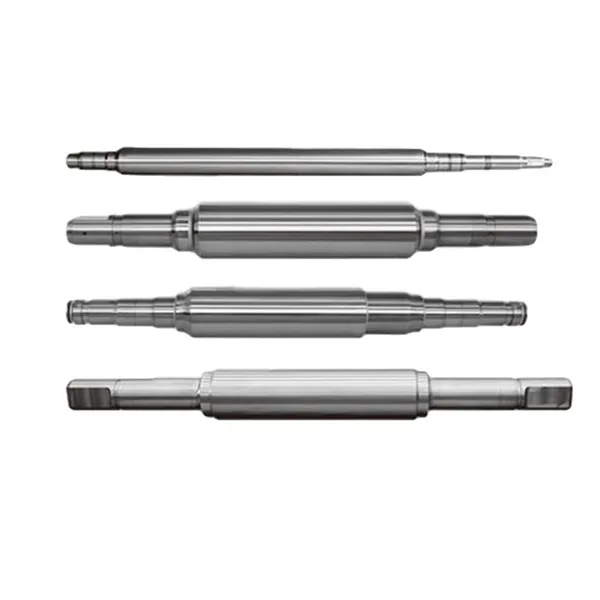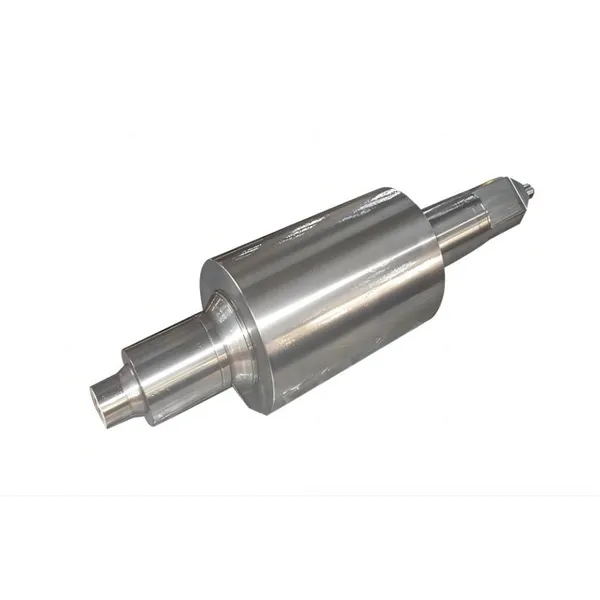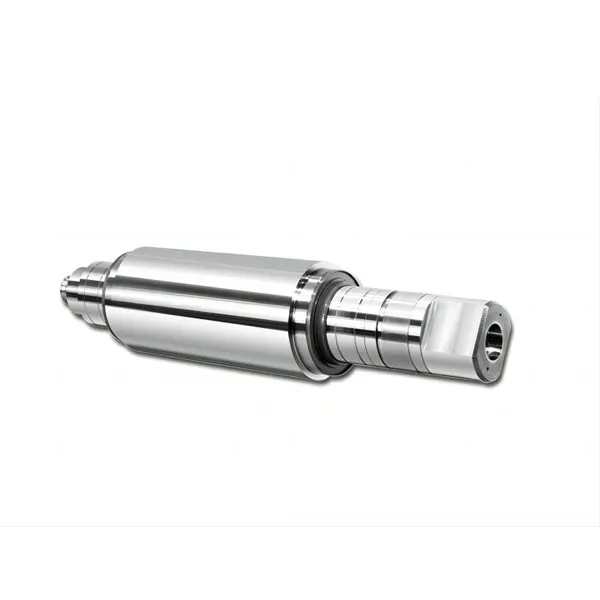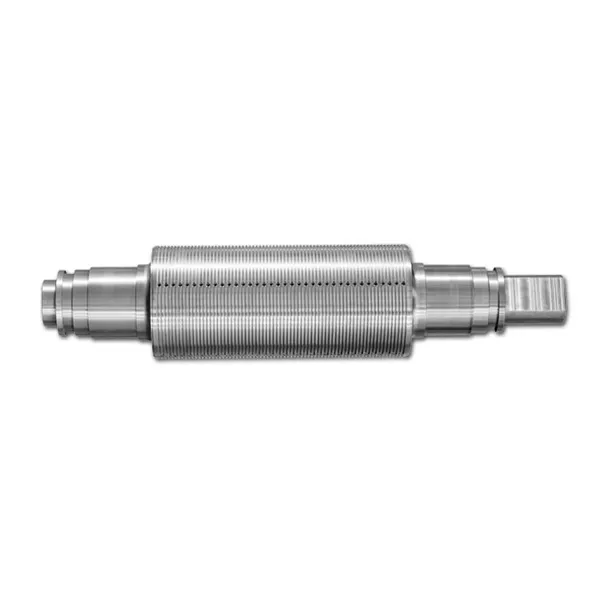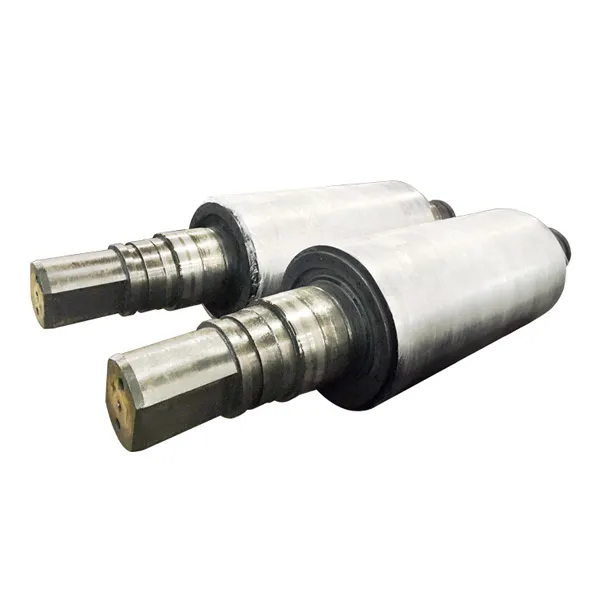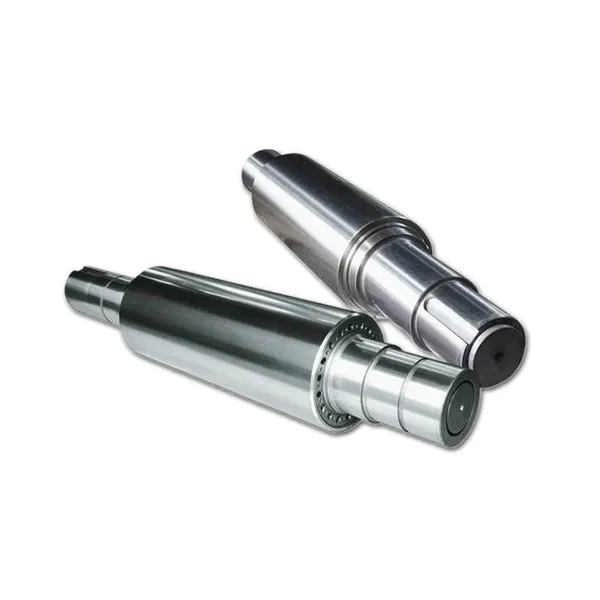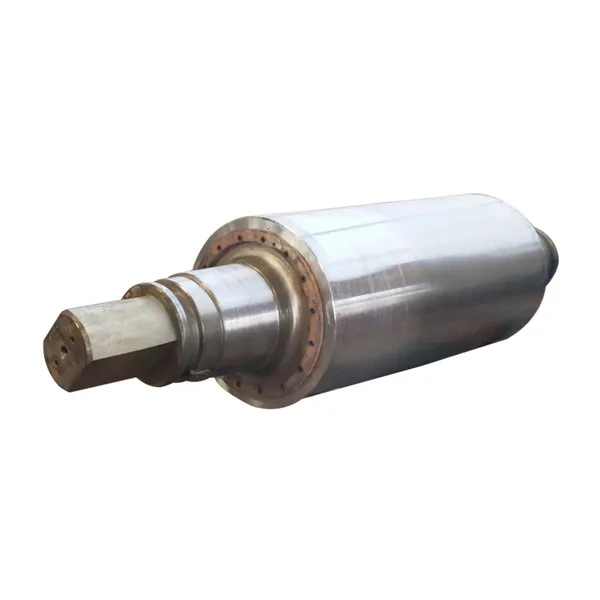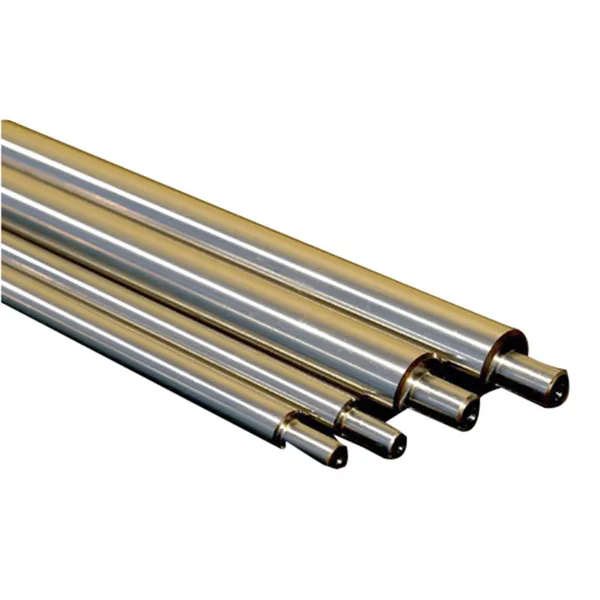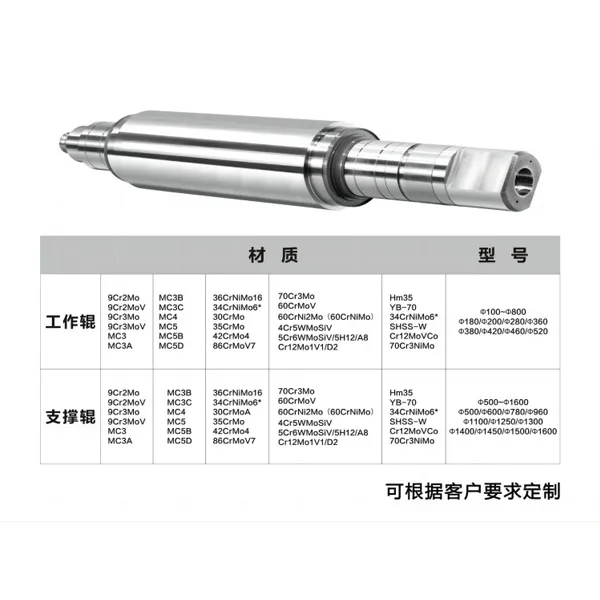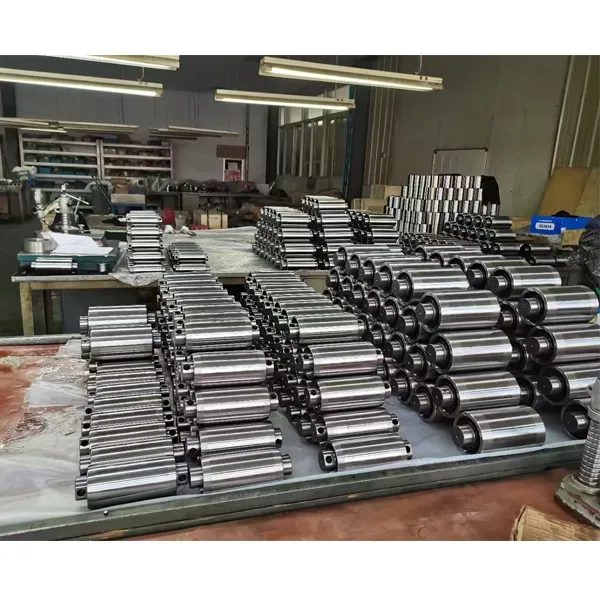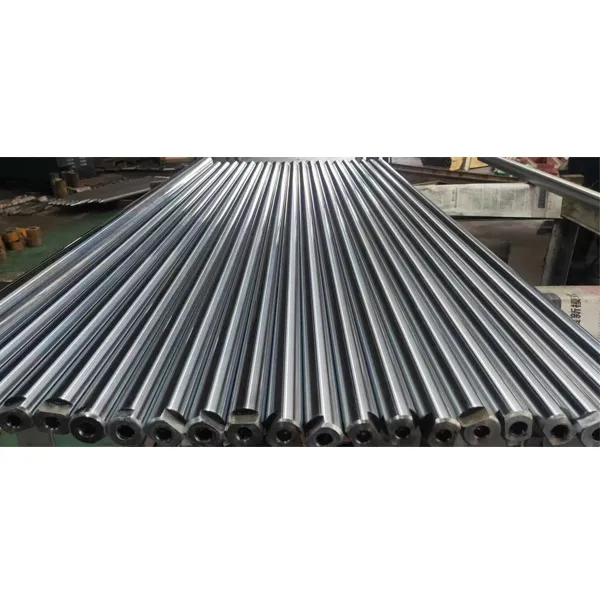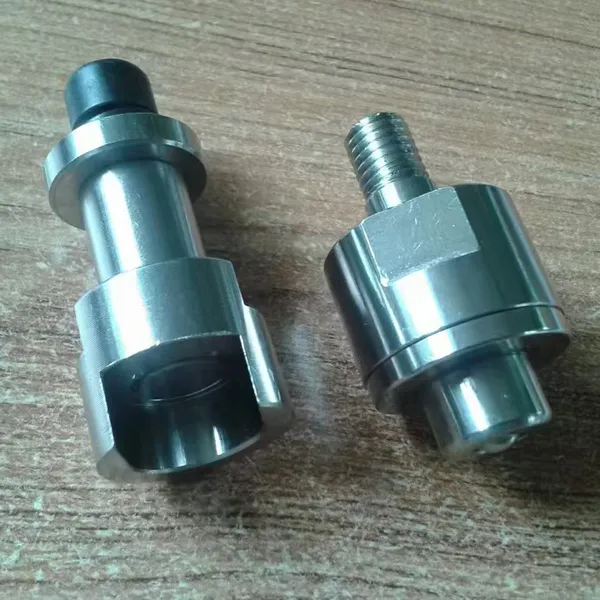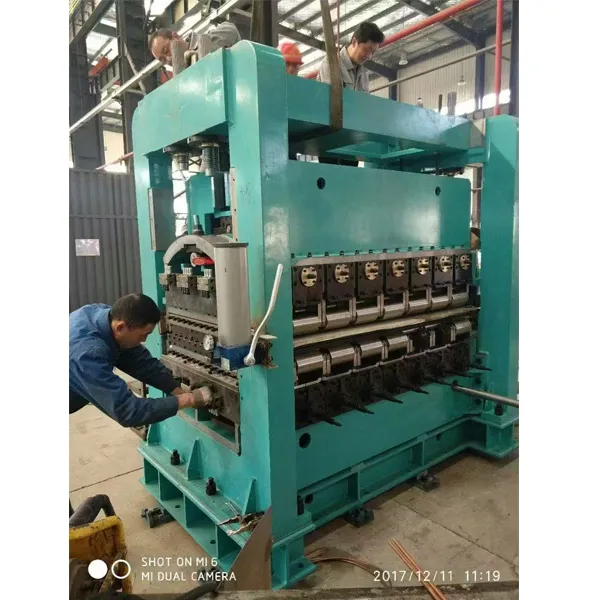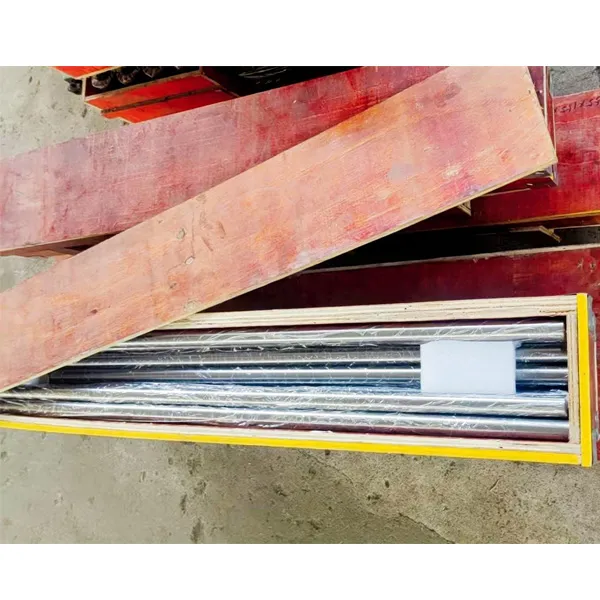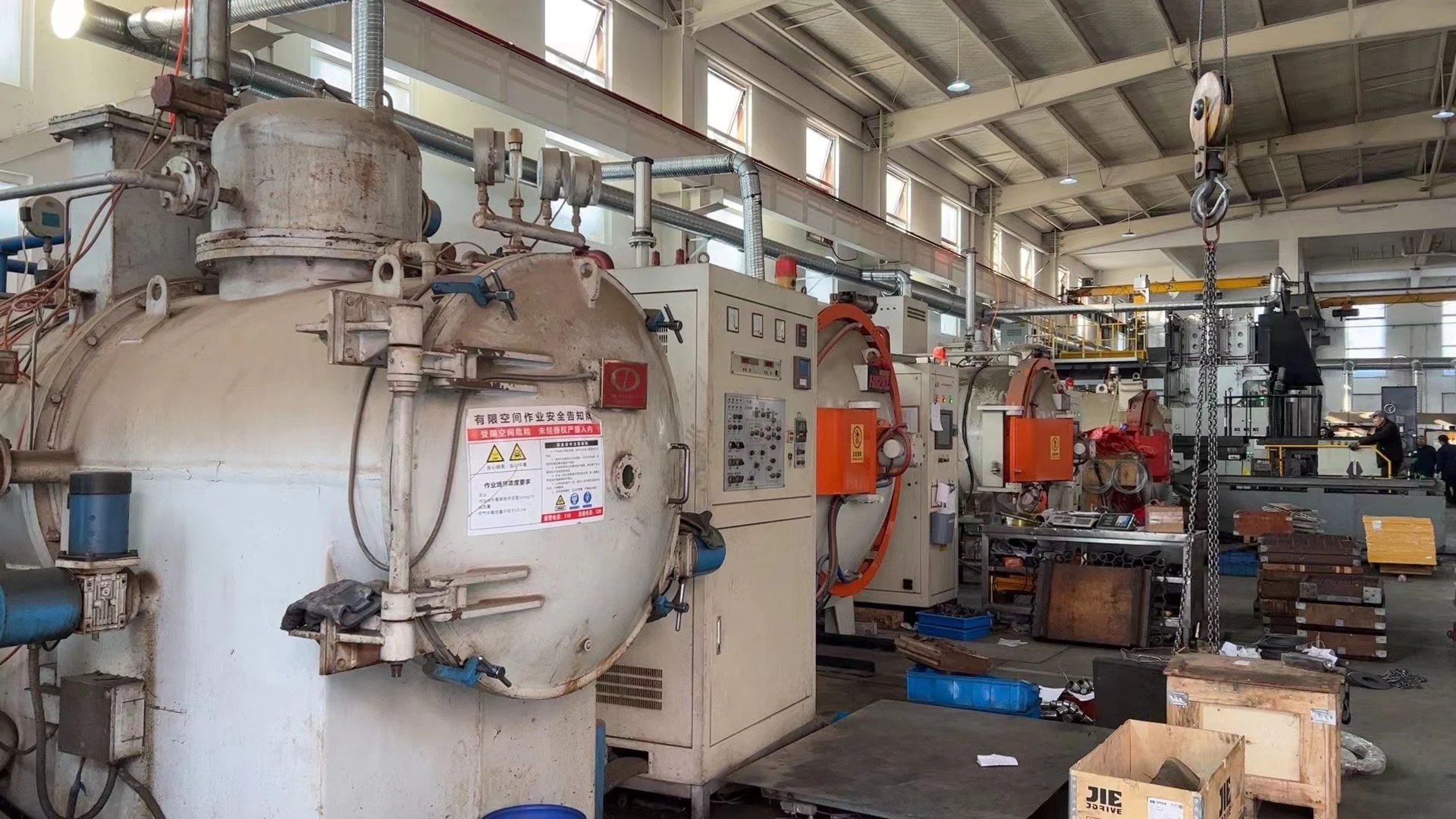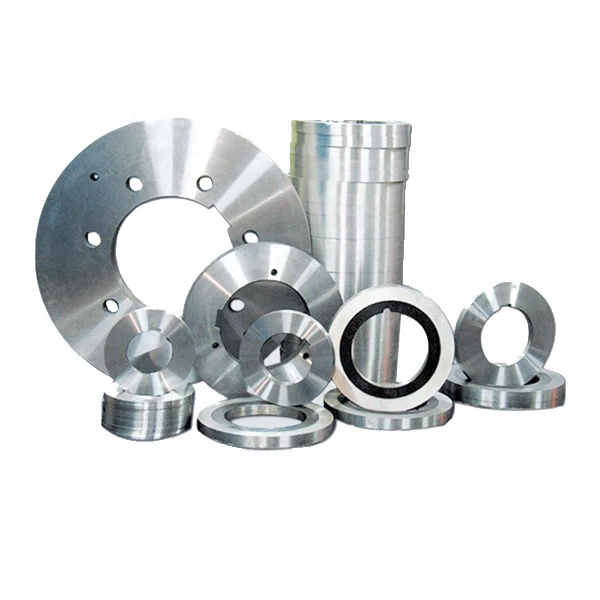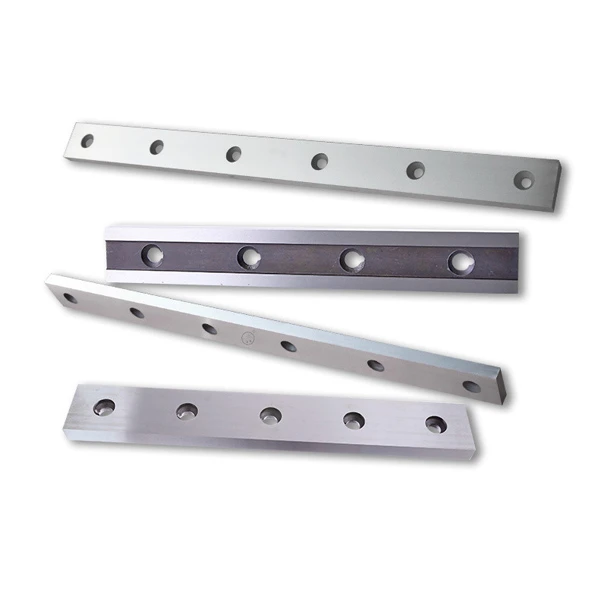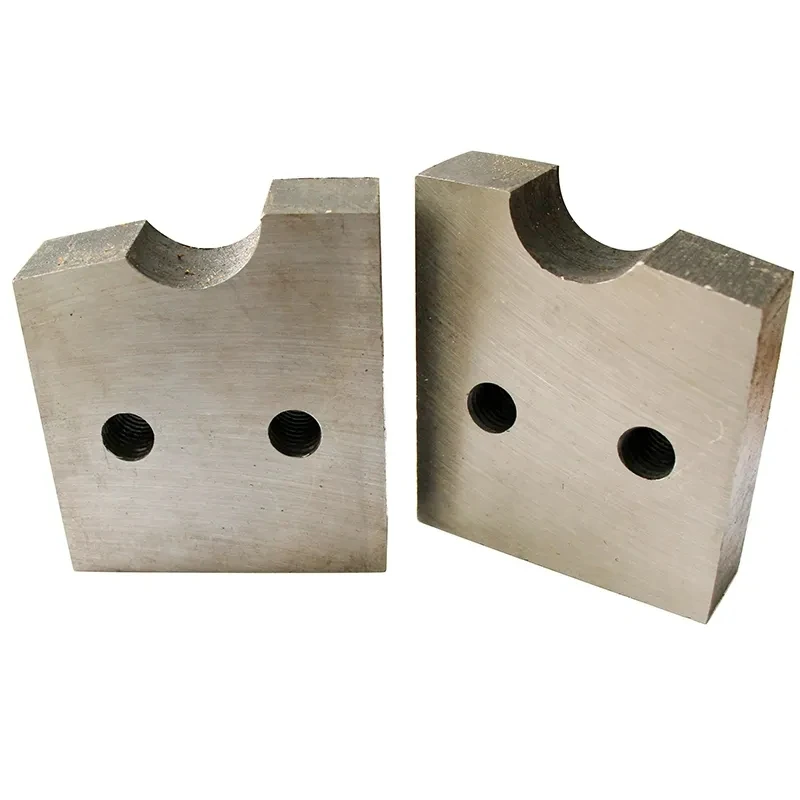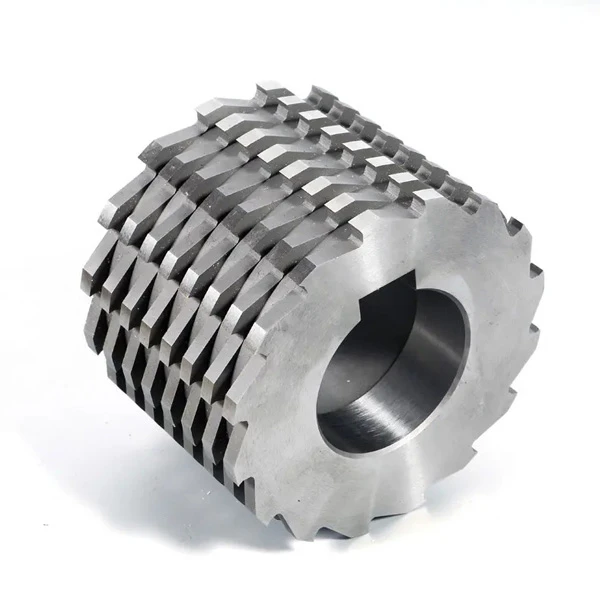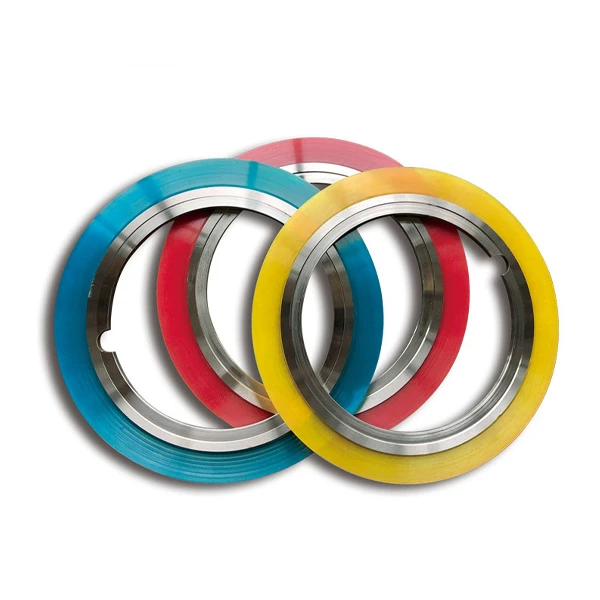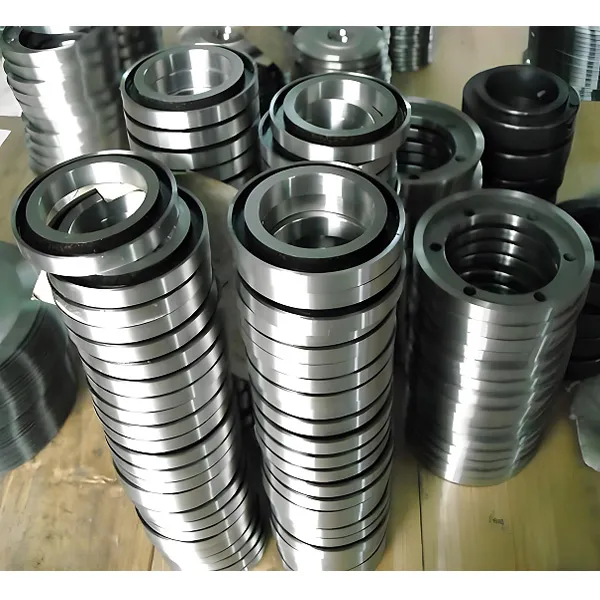- Tel: +86 15003285235
- Email: lena@industrialblades.cc
- Afrikaans
- Albanian
- Amharic
- Arabic
- Armenian
- Azerbaijani
- Basque
- Belarusian
- Bengali
- Bosnian
- Bulgarian
- Catalan
- Cebuano
- Corsican
- Croatian
- Czech
- Danish
- Dutch
- English
- Esperanto
- Estonian
- Finnish
- French
- Frisian
- Galician
- Georgian
- German
- Greek
- Gujarati
- Haitian Creole
- hausa
- hawaiian
- Hebrew
- Hindi
- Miao
- Hungarian
- Icelandic
- igbo
- Indonesian
- irish
- Italian
- Japanese
- Javanese
- Kannada
- kazakh
- Khmer
- Rwandese
- Korean
- Kurdish
- Kyrgyz
- Lao
- Latin
- Latvian
- Lithuanian
- Luxembourgish
- Macedonian
- Malgashi
- Malay
- Malayalam
- Maltese
- Maori
- Marathi
- Mongolian
- Myanmar
- Nepali
- Norwegian
Precision Steel Rollers
|
field |
Adaptation process and effect |
|
Automobile plate production |
Eliminating residual stress in high-strength steel plates and improving the qualification rate of stamping forming |
|
Precision foil processing |
Control the thickness fluctuation of aluminum foil and copper foil to ≤ 0.02mm to meet the needs of the electronics industry |
|
Galvanizing/color coating line |
Correct the flatness of the substrate before coating and reduce coating defects |
The precision rolling mill, through high-precision structural design and advanced surface treatment technology, has become the core component for improving strip quality and production efficiency in the straightening process.
|
Application Scenarios |
Technical Points |
Accuracy Index |
|
Rolling of Copper Foil for Lithium Batteries |
Multi roller collaborative tension control |
Thickness fluctuation ≤ 0.02mm |
|
Steel Strip Sheet Forming |
High order curve roller grinding |
Flatness error ≤ 0.2mm |
|
Pipe Materials for Nuclear Power Plants |
Optimization of Rolling Process for Molybdenum/Vanadium Alloy |
Wall thickness tolerance ± 0.03mm |
1.High precision sheet and strip production: used in cold rolling and hot rolling processes to process thick plates into thin plates (thickness ≤ 0.2mm) through multiple passes of rolling, meeting high-end demands such as automotive panels and home appliance panels. By controlling the rolling gap through a hydraulic AGC system, the precision of the strip thickness tolerance of ± 0.03mm is achieved, improving the surface quality and dimensional stability of the steel.
2.High strength steel forming: Processing martensitic steel with a tensile strength of over 1500 MPa, used in scenarios such as automotive crash beams and building steel structures.
3.Manufacturing of aluminum foil and copper foil: Rolling ultra-thin aluminum foil with a thickness of 0.005-0.2mm, used in fields such as food packaging and lithium battery current collectors. In copper alloy rolling, precision foil with surface roughness Ra ≤ 0.4 μ m is achieved through multi roll collaborative control, meeting the requirements of electronic circuit substrates.
4.Rolling high-temperature resistant materials such as nickel based alloys and titanium alloys for key components such as aerospace engine blades and nuclear reactor insulation layers.
Cold rolled seamless pipe manufacturing: Stainless steel pipes are processed using a twenty roll precision cold rolling mill with a wall thickness tolerance of ± 0.03mm, and are used in medical devices, precision instruments, and other scenarios.
|
Material Type |
Features and Applications |
|
Cr12mov Alloy Steel |
High impact resistance, suitable for high load straightening scenarios (such as straightening stainless steel strips) |
|
High Speed Steel Composite Rolling Mill |
Simultaneous optimization of matrix strength and toughness to reduce roller surface oxidation and detachment |
|
Hard Alloy Roller Ring |
High temperature resistance and corrosion resistance, used for high-precision straightening machines (such as ESP rolling lines) |
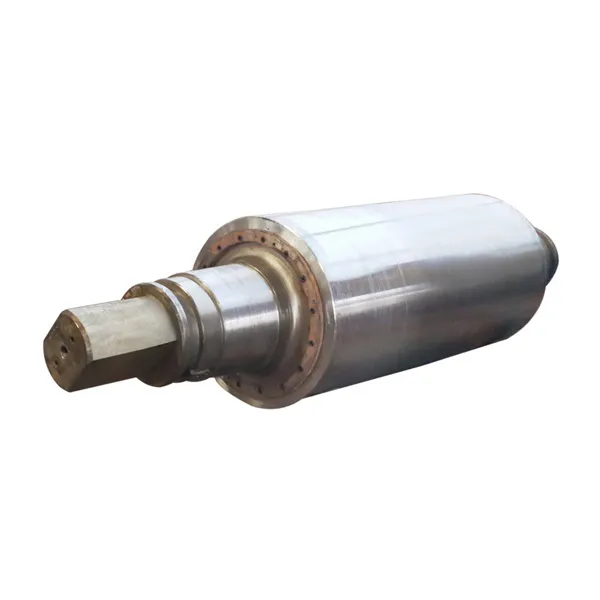

Roller Type Classification
|
Flat Roller |
Used for conventional strip straightening, the roll diameter is calculated based on the rolling force (usually 20-30 times the thickness of the strip) |
|
Concave Convex Roller/Patterned Roller |
Adapt to complex plate shape correction requirements (such as automotive panels, galvanized panels), eliminate residual stress through local plastic deformation |
Selection Suggestions
|
High Strength Steel Straightening |
Prioritize the use of Cr12MoV alloy steel rollers, combined with small-diameter bending rollers (diameter ≤ 200mm) to enhance plastic deformation capability |
|
Straightening of Thin Strips (Thickness<0.5mm) |
Using a combination of hard alloy roller rings and flat rollers, the elongation rate is controlled to be ≤ 2% to avoid fracture |
Key structural parameters: The working layer thickness of the roller body should be ≥ 50mm, and the hardness of the white layer should reach HSD 75-85 to resist wear. The precision requirement for the fit between the roller neck and the bearing is H9/f9, and roller end support bearings are used to enhance stability (as designed by Wuxi Jijia Precision Machinery Factory).
Processing flow: Adopting seamless steel pipe roller body+45 # steel shaft combination welding process, annealing treatment to eliminate internal stress, turning accuracy error ≤ 0.01mm. Internal cooling system integration (such as spiral waterway design), controlling rolling temperature ≤ 150 ℃.
Maintenance standard: Check the wear of the roller surface every 500 hours, and the amount of blade grinding should be ≤ 0.1mm. In humid environments, it is necessary to apply anti rust oil or use coated rollers to prevent oxidation and corrosion.
Summary: The precision rolling rolls used for straightening in steel mills need to take into account the material (high-speed steel, Cr12MoV), structure (flat roll/concave convex roll), and dynamic stability. Long term service performance is guaranteed through coating technology and dynamic balance testing. The selection should be based on the requirements of strip strength and straightening accuracy.
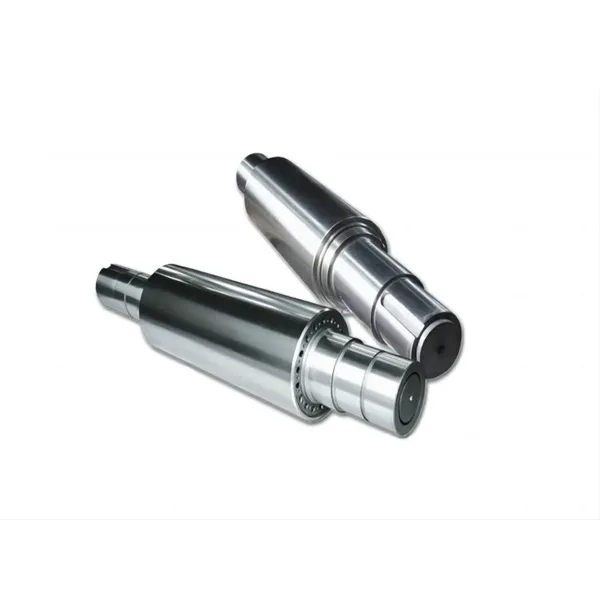
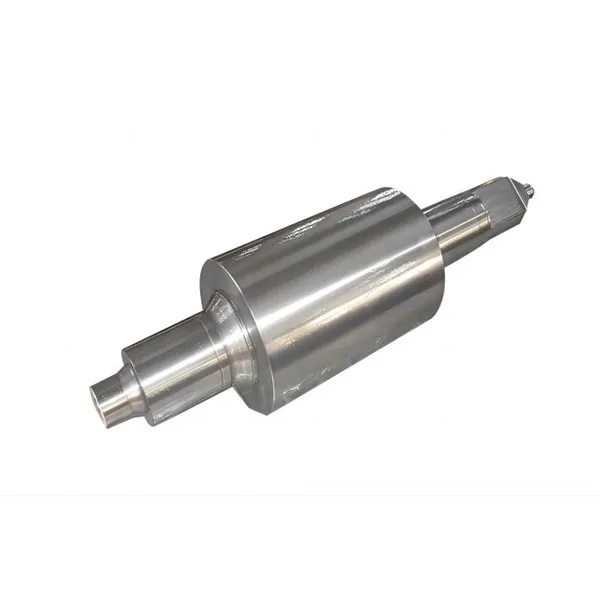
Custom Precision Rollers for Specialized Manufacturing Needs
Our precision roller manufacturing capabilities allow us to produce tailored solutions for unique industrial applications. Our rollers feature specialized coatings and heat treatments that optimize performance for specific operating conditions, whether handling delicate materials or withstanding abrasive environments. The precision-ground surfaces and advanced bearing systems ensure reliable rotation with minimal friction loss.
Get Binsheng Blade Tech Tips
ISO 9001 insights: industry trends & blade guides

